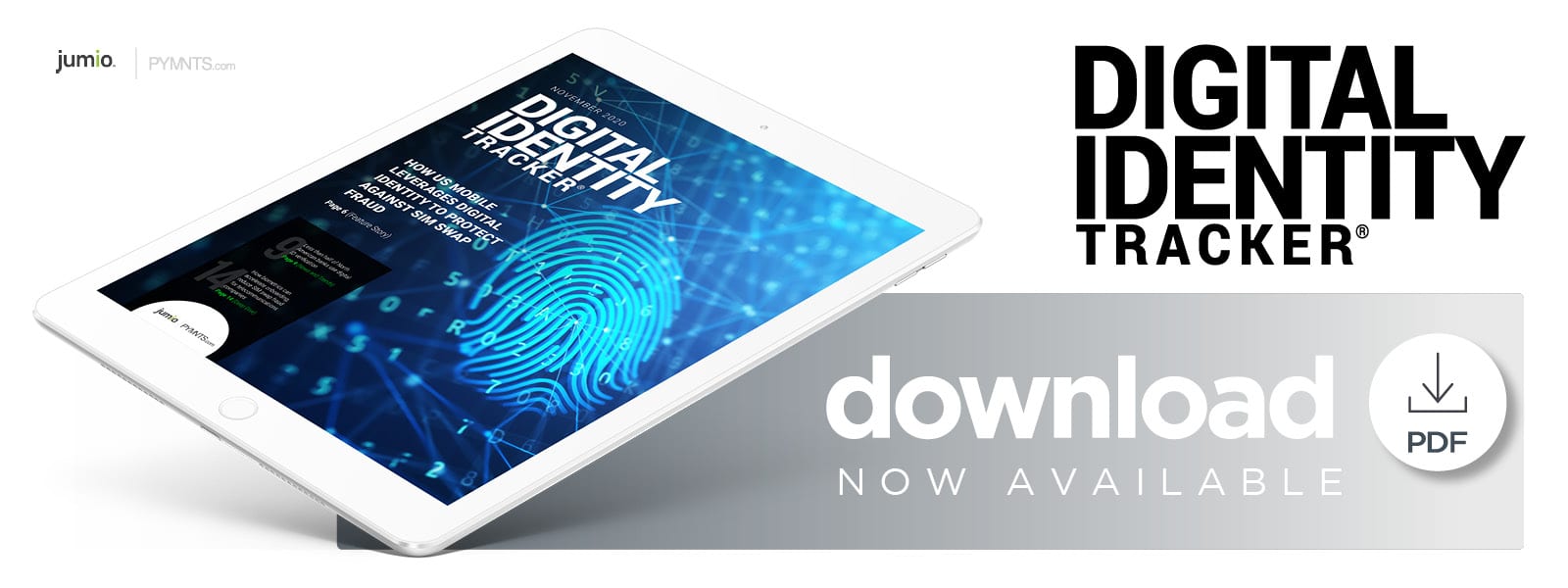Deep Dive: How Biometrics Help Telecommunication Companies Fight Onboarding Challenges, SIM Swap Fraud

Consumers’ ownership of smartphones has become all but ubiquitous in the U.S.
More than three-quarters of Americans carry a smartphone, with average users checking their devices 58 times a day. This overwhelming reliance on smartphones has generated record profits for major telecommunications companies, including AT&T, Sprint and Verizon, with the industry generating $610 billion in revenue in 2019.
Telecommunications companies face a number of challenges in their day-to-day operations, however. Onboarding these customers can be a tedious challenge prone to fraud and consumer frustrations, and the industry faces the ever-looming threat of SIM swap fraud. The following Deep Dive explores how robust digital identity practices can help mitigate both of these problems.
How Onboarding Harshens The New Phone Buzz
A universal pleasure among mobile phone users is purchasing a new phone and the new experiences it will offer, such as better quality, larger memory, faster app loading, new features — like facial recognition — or even getting to buy a new case. Customers tend to rate the experience of buying a new phone as a 10 out of 10, in fact, but this score quickly declines to zero when they actually receive their new devices and have to set them up. This negative experience is due to a number of factors, including ineffective communication, unclear directions on how to access their devices, and tedious processes when setting up their accounts that often require multiple password entries and multifactor authentication (MFA) setup.
These processes are there for a reason, tedious though they may be. Telecommunication companies need to verify two major facts about their new customers: their ability to pay their bills and the probability of them using the device for legitimate, law-abiding purposes. This often requires checks against physical IDs and perhaps even a background check from a third-party provider if the customer is new to the cell service provider. This can feel like an inconvenience, but such steps are necessary for the provider to ensure against losses due to fraud as well as potential blowback from government oversight agencies.
Telecommunication customer frictions do not end with onboarding, though. Customers still face potential fraud threats once they are signed up, with SIM swap fraud being a particularly common foe.
SIM Swap Fraud Plagues Smartphone Users
SIM swap fraud is one of the most common types of crime affecting mobile phone users, with customers around the world losing a collective $11.9 million to it over the past five years. The scheme revolves around the SIM card, a tiny device in every cellphone that tells the phone the network to which it should connect and which phone number to use. Fraudsters often contact cell service providers and convince them that they are legitimate customers, using personal data previously obtained in data breaches to prove their identities. The provider transfers victims’ cell numbers to fraudsters’ SIM cards, enabling them to access all incoming calls and text messages.
This may seem harmless, but it can result in fraudsters taking over victims’ entire online identities. Bank accounts, credit cards, social media and more are linked to cellphone numbers, meaning cybercriminals can easily complete two-factor authentication (2FA) checks and seize control of victims’ funds and personal data. Victims that catch wind of the crime have to prove their identity again to their cellular providers and go through the time-consuming process of having their phone numbers changed.
Cellular providers can counter SIM swap fraud with more rigorous digital identity checks. The same checks can also reduce onboarding friction, taking care of the two most pressing customer concerns in one fell swoop.
Digital ID Solutions For Improving Onboarding And Reducing Fraud
Leveraging advanced digital ID solutions could be the answer to both reducing onboarding frictions and mitigating SIM swap fraud risks. Biometric solutions, like facial recognition systems, are becoming commonplace for everyday phone tasks, like unlocking screens or approving payments on app stores, and they could also be used to seamlessly open new phone accounts. The ability to open new bank accounts with just a selfie already exists, and customers are gradually growing more comfortable with the idea of using biometrics to keep their data safe. Two-thirds of customers prefer biometrics to traditional passwords, for example, with 34 percent saying they offer superior security.
Digital ID systems’ advanced security benefits make them crucial in the fight against SIM card fraud. Biometric verification techniques, like facial recognition or fingerprint scans, can help telecommunication providers more accurately verify that requests for SIM swaps are coming from actual customers and not fraudsters as passwords can easily be stolen but biometric data cannot. One possible solution is for cell providers to compare consumers’ selfies against on-file, government-issued IDs, or even ask applicants to perform certain tasks, like winking or touching their noses to ensure liveness as opposed to a stolen photo from somewhere on the web.
Whichever route telecommunication providers may take will likely be a marked improvement over the existing legacy systems that make onboarding and SIM swap fraud a constant struggle. Failure to address these issues could result in an even greater problem, though — customer abandonment.

